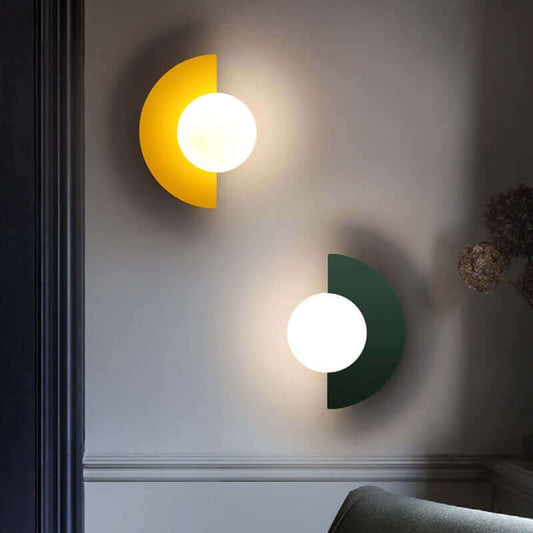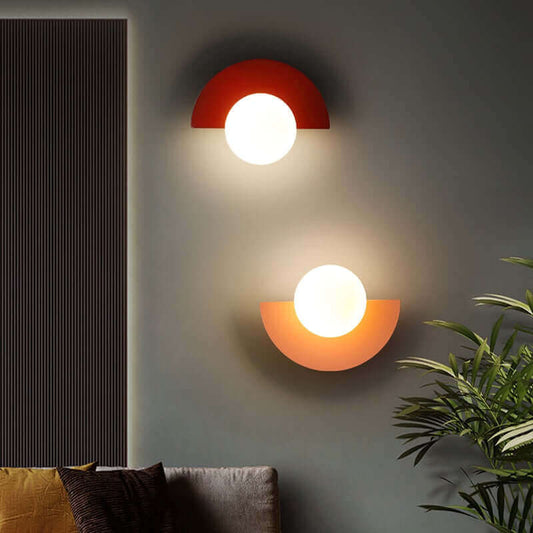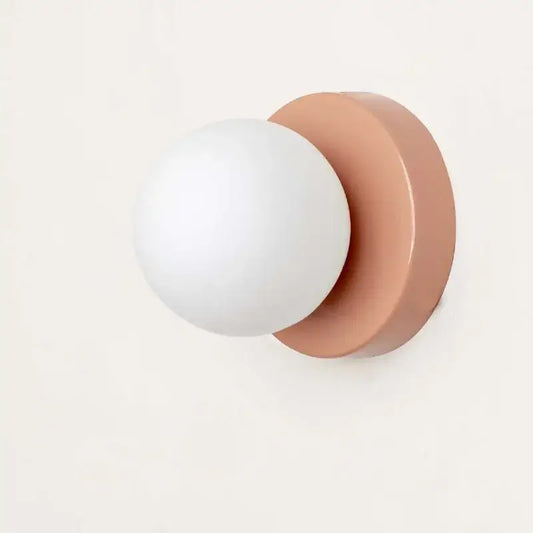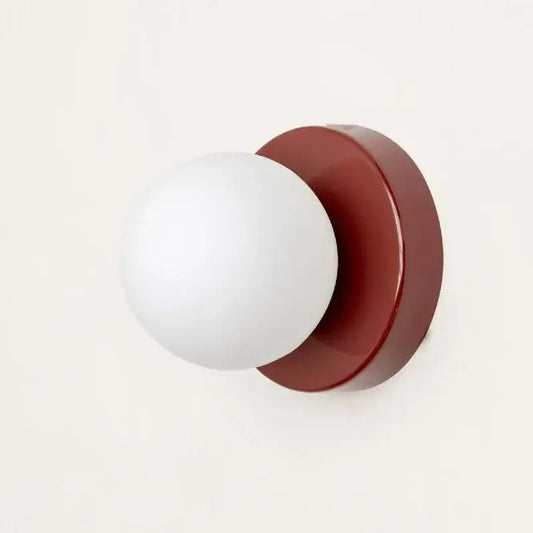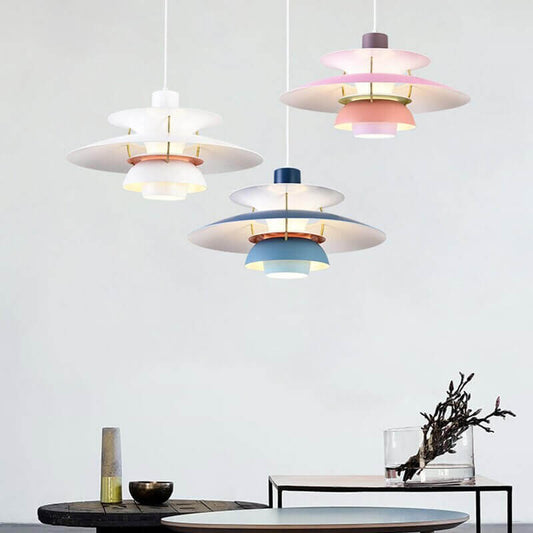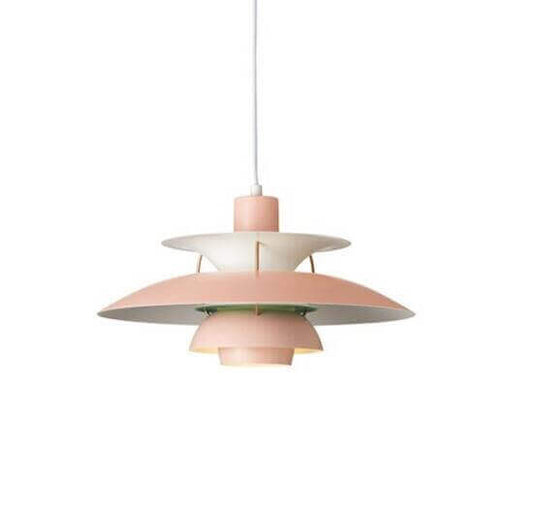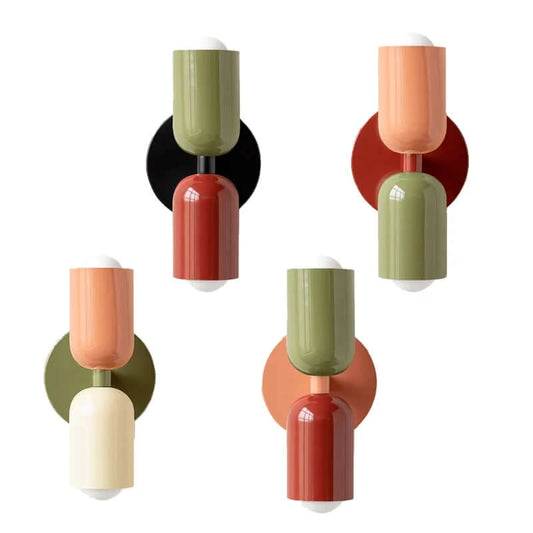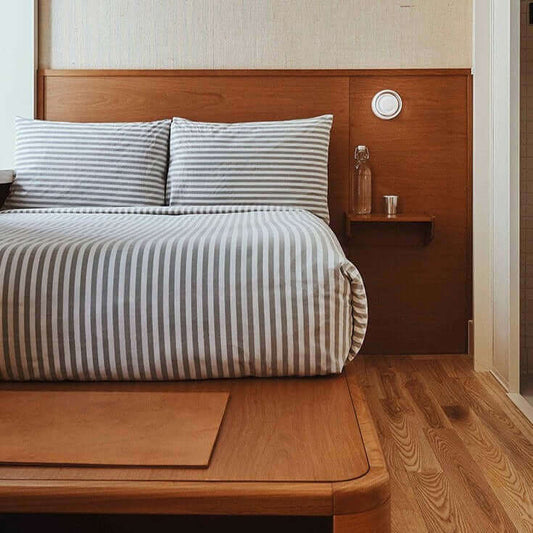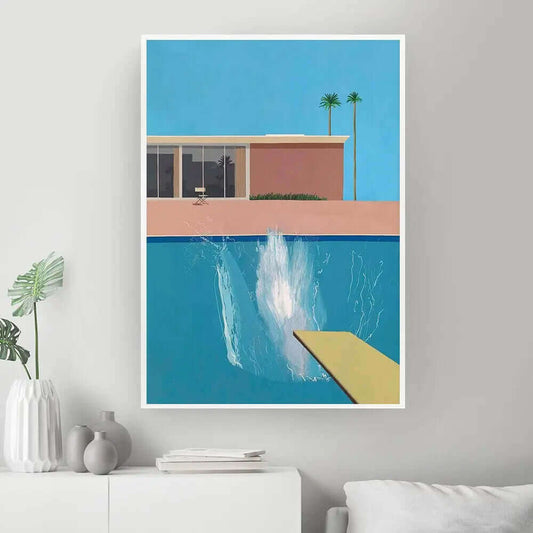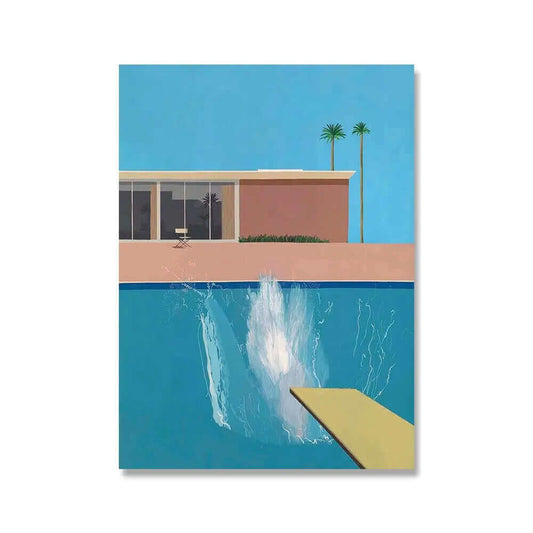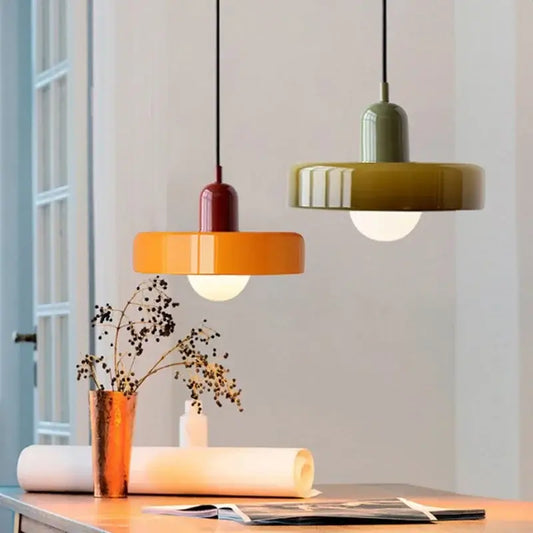Designing an interior space can be a fun and creative process, and one of the most effective ways to create a warm and inviting atmosphere is by layering textures. Textures not only add depth and dimension to a room, but they also create a tactile and sensory experience that can make a space feel cozy and inviting. In this article, we'll use the BAB (Before, After, Bridge) method to explore how to layer textures in interior design.
Before: Consider the Style and Purpose of the Room
Before you start layering textures, it's important to consider the style and purpose of the room. Different textures lend themselves to different styles, so it's important to have a clear idea of the overall look and feel you're trying to achieve. For example, a rustic-style room may incorporate natural and rough textures, while a modern-style room may feature sleek and smooth textures.
You should also consider the purpose of the room. Different textures can create different moods and atmospheres, so it's important to choose textures that complement the purpose of the room. For example, a bedroom designed for relaxation may benefit from soft and plush textures, while a dining room designed for entertaining may benefit from more durable and practical textures.
After: Choose Textures That Complement Each Other
Once you have a clear idea of the style and purpose of the room, it's time to start choosing textures that complement each other. Layering textures can be tricky, but there are a few guidelines that can help:
- Vary the scale: Just like with patterns, varying the scale of textures can create visual interest and prevent the textures from competing with each other. For example, a large area rug with a deep pile can be paired with a smaller woven throw.
- Mix materials: Incorporating different materials, such as wood, metal, leather, and fabric, can add depth and dimension to a room and help to tie different textures together.
- Use a unifying color: Introducing a unifying color, such as a neutral tone, can help to tie different textures together and create a cohesive design.
- Add layers: Layering textures can be achieved by adding different elements, such as a plush rug, a woven throw, and a textured pillow, to create depth and dimension.
Bridge: Incorporate Textures into the Room Design
Once you have chosen textures that complement each other, it's time to incorporate them into the room design. There are several ways to do this, including:
- Using textiles: Textiles, such as rugs, curtains, and throw pillows, are an easy way to introduce different textures into a room. Choose textures that complement each other and the other design elements in the room.
- Using furniture: Furniture, such as a leather sofa or a wooden coffee table, can add texture and depth to a room. Choose furniture with different textures that complement each other and the other design elements in the room.
- Using accessories: Accessories, such as vases, lamps, and artwork, can add visual interest to a room and tie different textures together.
It's important to use textures in moderation and to balance them with solid colors and neutral tones. Too many textures can be overwhelming and distract from other design elements in the room.
You will find many other interior design tips in our Top 50 Best Kept Secrets Used By Interior Designers to Transform your Space.





